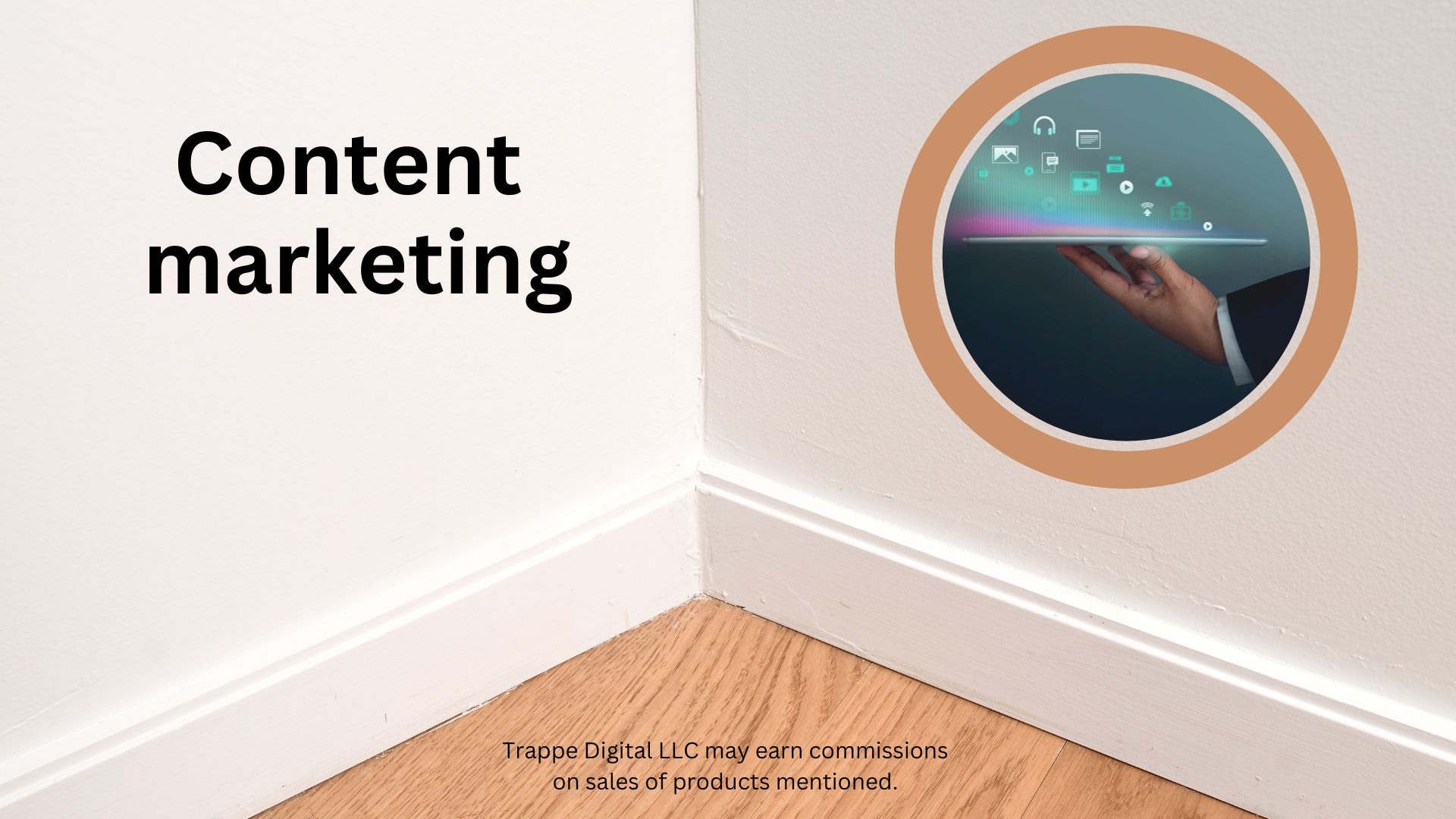Trappe Digital LLC may earn commission from product clicks and purchases. Rest assured, opinions are mine or of the article’s author.
As they say, I didn’t go into writing – or content creation as we now call it – to deal with numbers. But here we are, and to make it all work, I need the proper content marketing budget. A handle on the numbers is critical for any successful content marketing strategy.
That’s why building out a comprehensive content marketing budget is a crucial step. Project realistically for both fixed and variable expenses. Create visibility into what resources are needed.
That allows to strategically allocate a budget to support content creation and campaigns across different platforms. It also helps track spending to see what’s working and what’s not.
When we understand all the associated costs and align the budget to business goals and what needs to be done to drive results, we can confidently fuel our creative engines toward content that genuinely moves the needle.
Here are my key components of building a content marketing budget tailored to the needs of a successful strategy.
With the right budget, we can get to creating compelling content that achieves results.
Fixed Content Marketing Costs
Fixed costs are expenses that remain the same month over month.
Analyze historical spending over the past 12 months and any contractual obligations dictating fixed payments.
Key categories include:
Staff Salaries
For most teams, staff salaries for core team members represent a significant fixed investment. And – even in the world of AI – you will still need people (aka content strategists or creators.)
Keep in mind that often you get what you pay for as well. And content strategy salaries can fluctuate widely based on the current market situation.
Tally annual salaries along with benefits, taxes, or HR fees. Budget appropriately for growth as content volumes increase.
Software, Tools & Services
List all subscriptions and monthly fees paid to visibility these fixed costs.
This can add up and even for my little blog here I spent roughly an average of $200 on software per month. I evaluate stringently though and there has to be a return on all the pieces – financially or time-wise.
Build in a Buffer
When tallying fixed costs, add a buffer for unforeseen expenses or increases. This ensures an adequate budget to cover spending
Variable Content Marketing Costs
I categorize variable costs into four buckets:
- Variable Staffing Costs
- Content Production Costs
- Content Distribution Costs
- Content Testing Costs
Variable Staffing Costs
Budget for freelancers, temporary employees, or outsourced creative services anticipated for large campaigns.
Having a budget earmarked here provides flexibility to economically scale capacity based on demands.
Content Production Costs
This certainly assumes that strategy creation and oversight is handled elsewhere. Direct expenses tied to producing creative assets across platforms and formats:
- Media licensing – stock images, for example. Using tools like Visme to create designs might allow you to tie this into software.
- Podcast recording which can include an editor and recording software like Riverside.
- Any other content production cost not covered elsewhere.
Content Distribution Costs
Promoting content carries costs:
Paid Search/SEM
Dedicated SEM budget to promote content via search platforms, driving site traffic and discovery.
Influencer Marketing
Factor in costs to activate influencers and creators to endorse content.
Find the right influencers for you now.
Social media advertising
You may want to distribute content wider through ads on social media and other platforms.
Distribution platforms
Distribution platforms like ConvertKit for email or AgoraPulse for social media scheduling are helpful but come with a cost as well.
SEO
Most of this can be covered in salaries and software but it’s certainly important to remember that somebody needs to analyze what keywords to target and then measure performance.
SEO is a type of content distribution.
Content Testing Costs
You may have a dedicated person on staff that can test functionalities and content experiences or you can use software solutions.
So you might bucket this cost elsewhere but testing matters and is easily overlooked – so it’s important to call out.
Conclusion
I see budgets as enabling creativity within constraints rather than limiting them. A strong content budget gives visibility into guardrails and past performance to inform decision-making…as well as permission to take creative risks that deliver a better bang for the buck.
Stuck getting started? Get fractional content marketing now!
This is part of the daily blogging prompts suggested by the Jetpack plugin.

